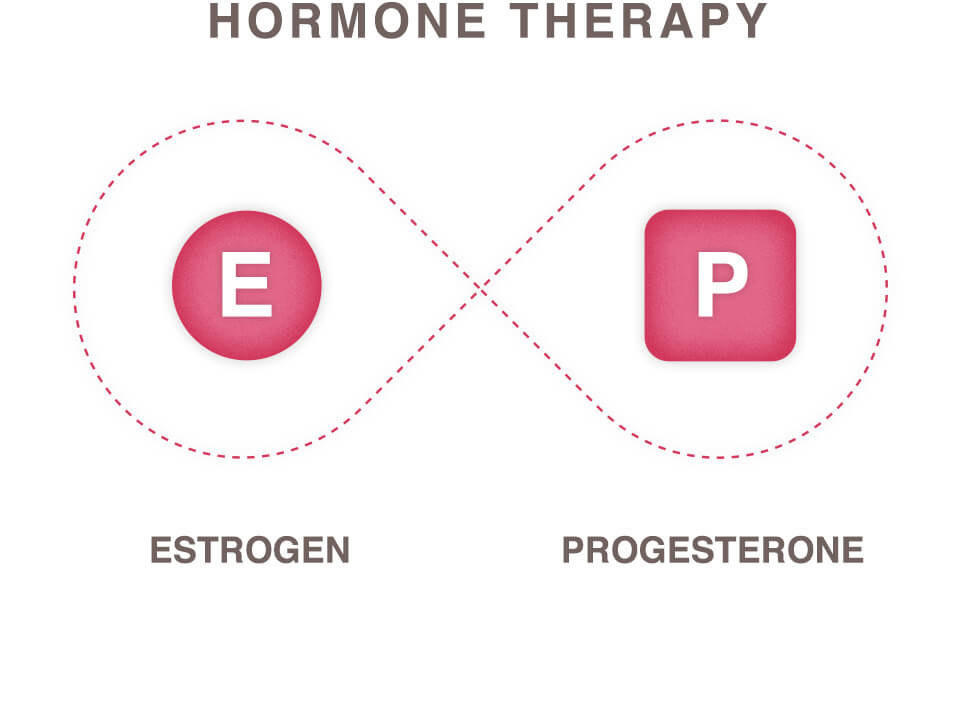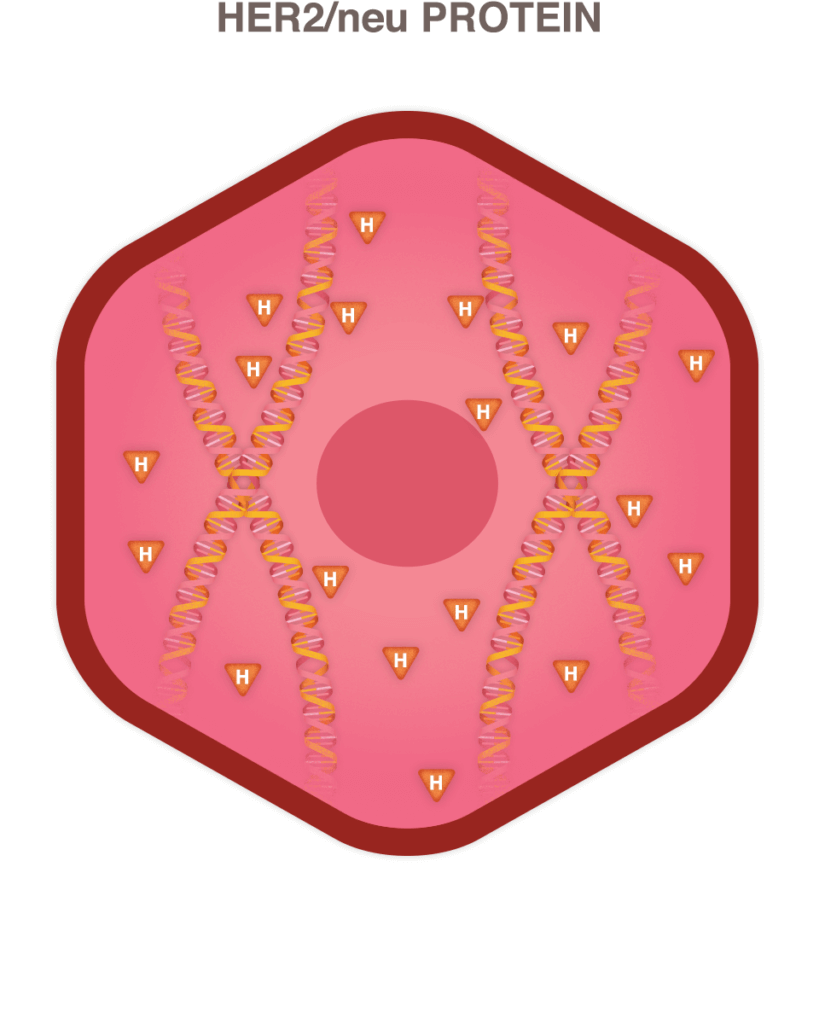If you are diagnosed with breast cancer, your doctor may order additional lab tests to assist with prognosis. The two most common lab tests are the hormone receptor test and the HER2/neu test. Results from these tests can provide insight into which cancer treatment options may be most effective for you.
Testing The Tumor Cells For Hormone Receptors

Many breast cancer tumors contain hormone receptors, often in large numbers. When hormone receptors are present, estrogen and/or progesterone can fuel the growth of the cancer. Such hormone-dependent cancers often respond well to hormone therapy, which differs from hormone replacement therapy (HRT). If neither estrogen receptors (ER) nor progesterone receptors (PR) are present, the cancer is said to be “hormone-receptor-negative,” and hormone therapy would likely be ineffective. Knowing whether the cancer cells have hormone receptors can be valuable to your medical team and your treatment plan.
What do the results of hormone testing mean?
Breast cancer patients who test positive for both estrogen receptors and progesterone receptors usually have a better-than-average prognosis for survival and a complete recovery than those who have no receptors present. Also, the more receptors and the more intense their reaction, the better they respond to hormone therapy. Patients with one type of receptor but not the other may still reap benefits from this form of treatment, but likely not to the same degree. As mentioned earlier, if the cancer is both ER- and PR-negative, it probably won’t respond to hormone therapy. Typical response rates to hormone therapy are as follows:
- ER and PR positive: 75-80%
- ER positive and PR negative: 40-50%
- ER negative and PR positive: 25-30%
- ER negative and PR negative: 10% or less
Who Needs Hormone Receptor Testing?
Hormone receptor testing is generally recommended for patients who are diagnosed with invasive breast cancer. If your doctor orders this test, you may be asked to discontinue taking any prescribed hormones for a period of time before the breast tissue sample is obtained. Usually, the sample comes from a biopsy, but the test may also be performed on tissue removed after surgey.
HER2/neu Test
Similar to the hormone receptor test, the HER2/neu test looks for a specific kind of protein that is found with certain types of cancer cells and the gene that produces it. The formal name of that gene is the human epidermal growth factor receptor 2, and it makes HER2 proteins. These proteins are receptors on breast cells.
What is a HER2 receptor and how does it relate to breast cancer?
Healthy HER2 receptors are the proteins that help manage how a breast cell grows, divides, and repairs itself. However, in about a quarter of all breast cancer patients, the HER2 gene isn’t functioning properly. It makes an excess number of copies of itself in a process known as “HER2 gene amplification.” Then these extra genes instruct the cells to make too many HER2 receptors, which is called “HER2 protein overexpression.” The ultimate result is that breast cells grow and divide in an uncontrolled fashion.
This test will help your medical team determine your prognosis, characteristics of the tumor including how aggressive the tumor is likely to be, and the best treatment options.
This test is often ordered in conjunction with the hormone receptor test. Typically, the breast cancer tissue sample from a biopsy or the tumor removed during a mastectomy is used.
What will the HER2/neu results tell me?
Her2 testing may take several days to come back. There are only two possible results for the test:
Positive, meaning HER2 gene amplification.
Negative, indicating the number of HER2 genes is not excessive.
Occasionally, the result “Equivocal” may appear in your pathology report, indicating that the result is indeterminate by this test and your doctor will likely send the sample for an additional test called “FISH” to determine if it is positive or negative.
In the pathology report, breast cancers with HER2 protein overexpression and HER2 gene amplification are called HER2-positive. This type of cancer often grows faster, spreads to other areas more readily, and has a higher likelihood of recurring versus HER2-negative breast cancer.





